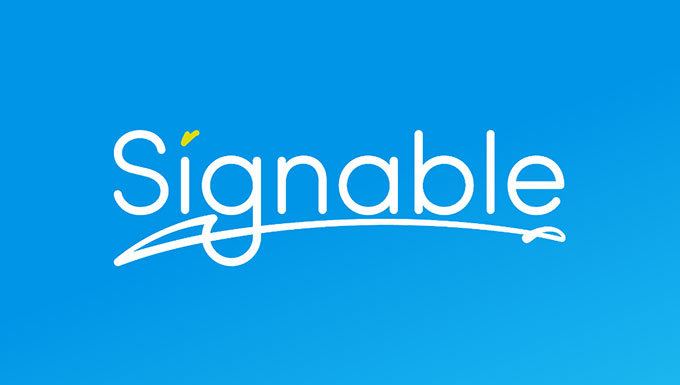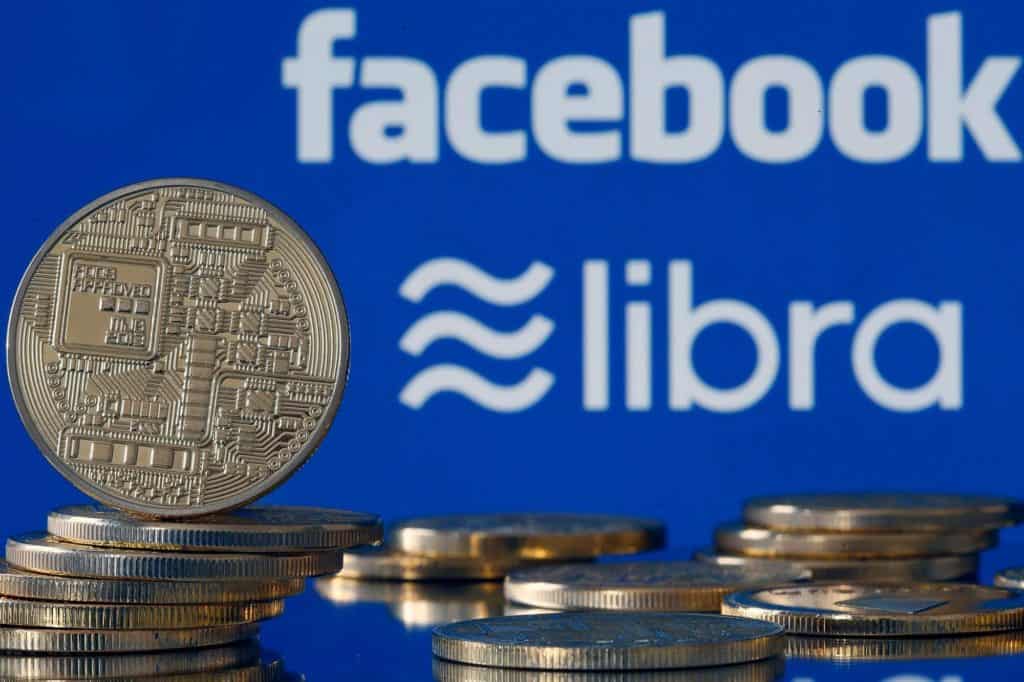Digital Currency and Electronic Signatures

Published:
Electronic signatures in digital currency: could this be the future?
Digital money, or digital currency, refers to any means of payment that exists purely in electronic form, aided by electronic signatures.
Here, you might think of popular cryptocurrencies such as Bitcoin or Ethereum, which are intangible and de-centralized – meaning a government does not distribute them.
Instead of transactions being held and monitored by financial institutions, cryptocurrencies are self-regulated by public ledgers – called blockchain.
Now, while de-centralization has a plethora of benefits, it is also an area of contention. Hackers can pry on even the most advanced virtual currency, and millions of coins have already cascaded off into the digital abyss.
However, financial services must evolve for there to be growth, and this evolution might very well be people putting their money into new currencies, albeit intangible.
Customers are not the only benefactor with this opinion. Millions of shops and online vendors are too adopting the potential of digital currency and integrate bitcoin and etherium into their payment systems.
All of these advancements further establish the authority and power digital currencies are garnering.
Financial advancement brings profit to all.
But, change does indeed mean positive advancement. Archaic financial institutions are too adopting the power of digital currency, using digital identification methods and digital signatures to complete transactions. Banks around the world are going paperless – and boy is it a sight!
The idea of a self-regulating and self-creating electronic signature system is a stroke of genius (thank you, Satoshi), and its mannerisms have trickled down into the systems that run our financial services currently.
For security, the signing process usually associated with banks is outdated. Signatures on paper are easily forgeable and malleable to a certain degree.
It’s about time that banks adopted the ability to sign documents and store them on public ledgers electronically.
The ability to take out a credit card online will also only benefit both parties – so good riddance to long queues and arduous meetings with countless documents signed.
In line with security standards, financial institutions and the finance sector could take a leaf out of blockchain’s book – and digitalize each process from first interaction to the first spend on a new account or card, transferring over digital ownership smoothly.
CBDCs & Regulated Digital Currency
Rightly so, there are ethical deterrents to fully integrating digital currencies into everyday life.
While these cryptocurrencies move the power to the people, bitcoin is also extremely un-environmentally friendly.
The currency also brings the question of accessibility into play, as digital currencies marginalize all of those who do not have access to an advanced laptop or mobile device to store the coins on.
Now, to alleviate all of these issues, financial experts across the globe have suggested morphing both options into one – by creating central bank digital currencies.
These CBDC’s would tackle accessibility and environmentalism due to the longstanding infrastructure currently in place, so no colossal mining farms are necessary.
Those who do not have access to their own computer could still purchase from retailers and shops with a CBDC.
Furthermore, a CBDC would adopt the benefits of a crypto-currency by harnessing digital identification and signature methods.
There are related concerns about whether retail CBDCs should be account-based or take the form of a digital wallet. The former, which the BIS favors, would mean that the CBDC would not be a direct substitute for cash. Additional questions concern systems of identification.
On this, the BIS is a system built on digital, not paper, IDs. Other important issues concern the protection of privacy, the role of private payment networks, and, in particular, the facilitation of international payments.
A significant contributing factor to why CBDC’s are attracting more attention could be the entry of large tech firms into financial services. Tech firms come with their ammunition of data which are a by-product of their existing business model.
These firms can provide a competitive edge by using existing e-commerce, messaging, social media platforms to create a strong network.
Examples include Amazon’s foray into small business lending, Apple’s entry into payments and consumer finance, or Facebook’s announced the launch of Libra, a cryptocurrency.
Ultimately, if not resisted, this tech attack will destroy the financial services industry’s margins—by taking some themselves and returning the rest to consumers.

The central banks can do what these tech firms cannot provide: safety, integrity, efficiency, and access. These four promises are what tech firms- who have already made their integrity questionable due to data governance – cannot give customers.
Moreover, digital payment systems are not available to all, even in high-income countries. In principle, these new players could bring significant improvements.
But this development also threatens fragmentation of the payment system, erosion of privacy, and even exploitation of consumers.
For this reason, governments view central bank legislation on signature methods as legally binding but are resisting the full integration of cryptocurrency with their means of blockchain.
Governments and regulatory bodies are moving in the right direction, with eIDAS regulation and the eSign act supporting this natural progression.
What does the future hold for digital currencies?
Ultimately, the future of digital currencies is evident as more wholesalers and retailers see drastic declines in cash purchases each year. Digital currency would have to hold up the fundamentals of currency systems, which is to be accepted without question in struggle and fulfilling those four promises mentioned above.
Satoshi Nakamoto evoked a substantial amount of worry in financial institutions thanks to the blockchain, and many are calling the time we are living in now a ‘blockchain revolution’. They revolutionized digital signatures and identification methods for online wallets as we know them.
Tech giants also revolutionized the accessibility and personalisability of banking for millions. Their approach through disintermediation rather than direct entry into the regulated domain of financial services is enviable. They focus on the most capital-light and digitizable areas of business that are closest to their core.
The role of electronic signatures in digital currency:
For sure, we know that financial institutions have a lot to learn from their counterparts. Many components of the finance sector are digitalized.
Banks and payment systems have integrated electronic signatures into the onboarding and management of new clients, as they provide more efficiency, precision, and safety than old paper documentation.
The norm for banking is through electronic signatures, combined with digital identification methods. Banking is now smooth-sailing and relatively stress-free thanks to the financial evolution.